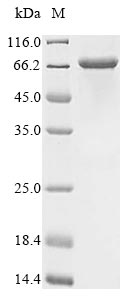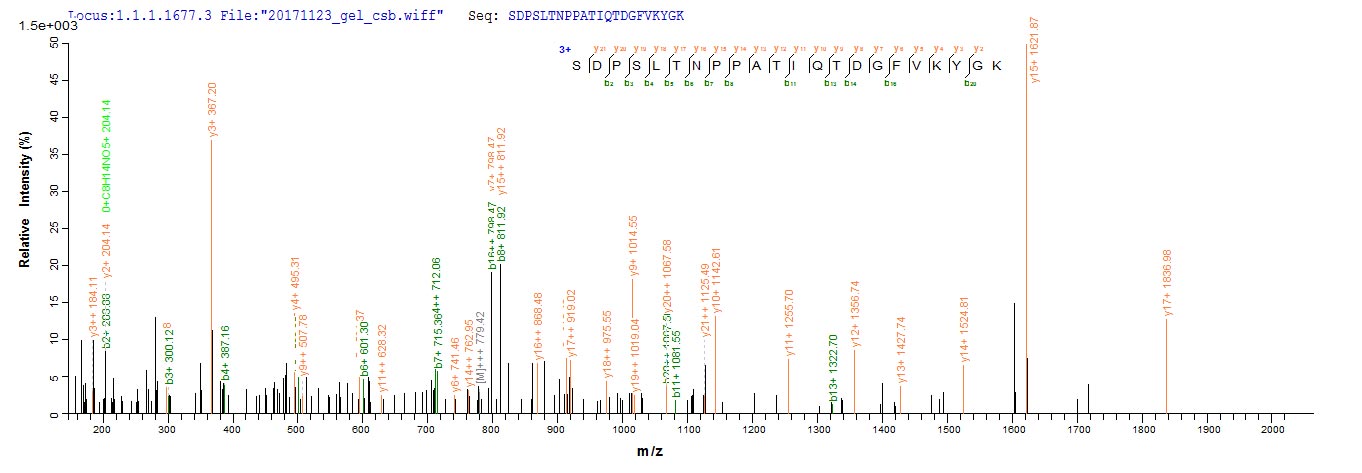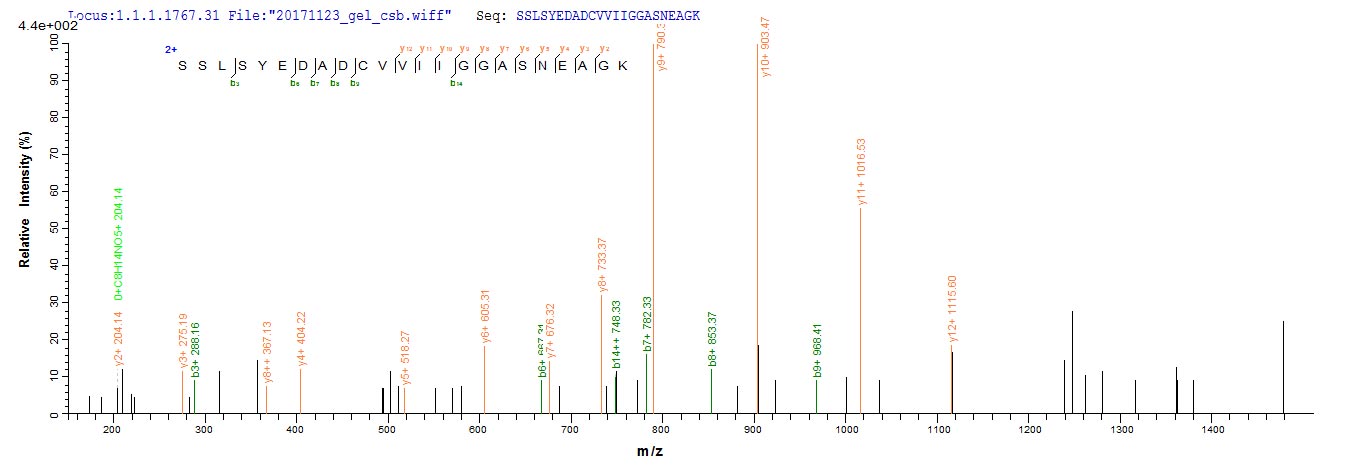The recombinant human MRC1 is expressed in E.coli. It carries an N-terminal 6xHis-tag. Its expression region corresponds to the 655-1213aa of the human MRC1. Its purity exceeds 85% as measured by SDS-PAGE. The SDS-PAGE experiments showed MRC1's apparent molecular weight to be 66-80 kDa. It is suitable for the MRC1-related immunology research.
Human MRC1, also called CD206, is a type I integral membrane glycoprotein predominantly expressed on macrophages and dendritic cells. It plays a crucial role in the immune response by recognizing and binding to various carbohydrate structures, particularly those containing mannose, fucose, or N-acetylglucosamine.
MRC1 is primarily involved in the endocytosis and phagocytosis of pathogens, such as fungi and bacteria, which display high densities of mannose on their surfaces [1][2]. It also plays a role in clearing glycoproteins and other macromolecules from the extracellular environment, contributing to homeostasis and immune regulation [3][4].
References:
[1] G. Gaziri, L. Gaziri, R. Kikuchi, J. Scanavacca, & I. Felipe, Phagocytosis of candida albicans by concanavalin-a activated peritoneal macrophages, Medical Mycology, vol. 37, no. 3, p. 195-200, 2008. https://doi.org/10.1111/j.1365-280x.1999.00220.x
[2] I. Porcaro, M. Vidal, S. Jouvert, P. Stahl, & J. Gadrey, Mannose receptor contribution to candida albicans phagocytosis by murine e-clone j774 macrophages, Journal of Leukocyte Biology, vol. 74, no. 2, p. 206-215, 2003. https://doi.org/10.1189/jlb.1202608
[3] S. Swain, S. Lee, M. Nussenzweig, & A. Harmsen, Absence of the macrophage mannose receptor in mice does not increase susceptibility topneumocystis cariniiinfection in vivo, Infection and Immunity, vol. 71, no. 11, p. 6213-6221, 2003. https://doi.org/10.1128/iai.71.11.6213-6221.2003
[4] E. Song, M. Manganiello, Y. Chow, B. Ghosn, A. Convertine, P. Staytonet al., In vivo targeting of alveolar macrophages via raft-based glycopolymers, Biomaterials, vol. 33, no. 28, p. 6889-6897, 2012. https://doi.org/10.1016/j.biomaterials.2012.06.025








